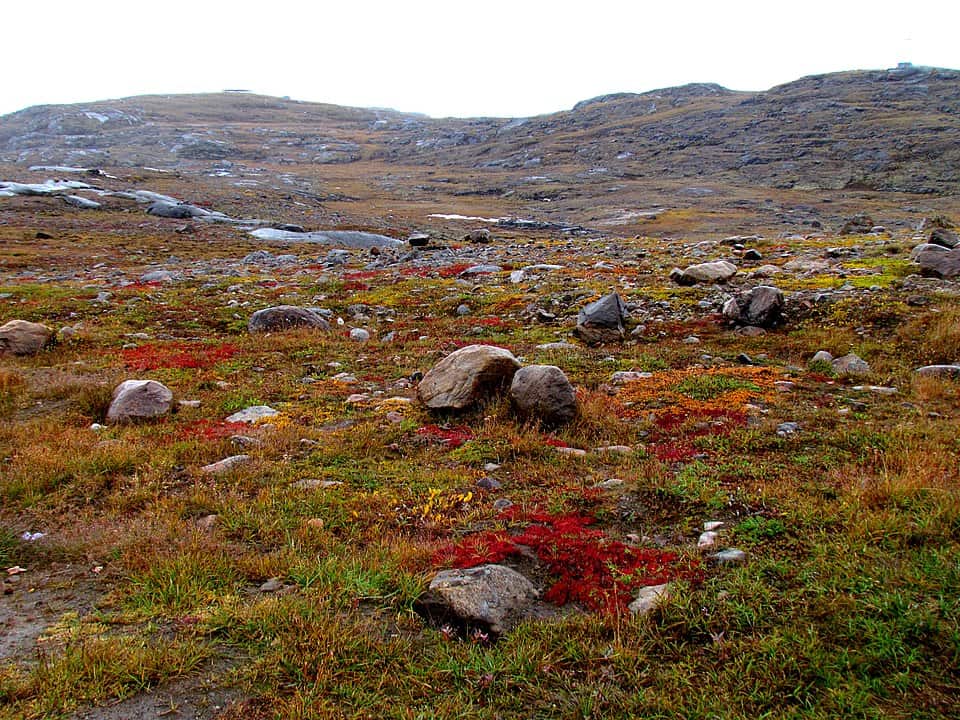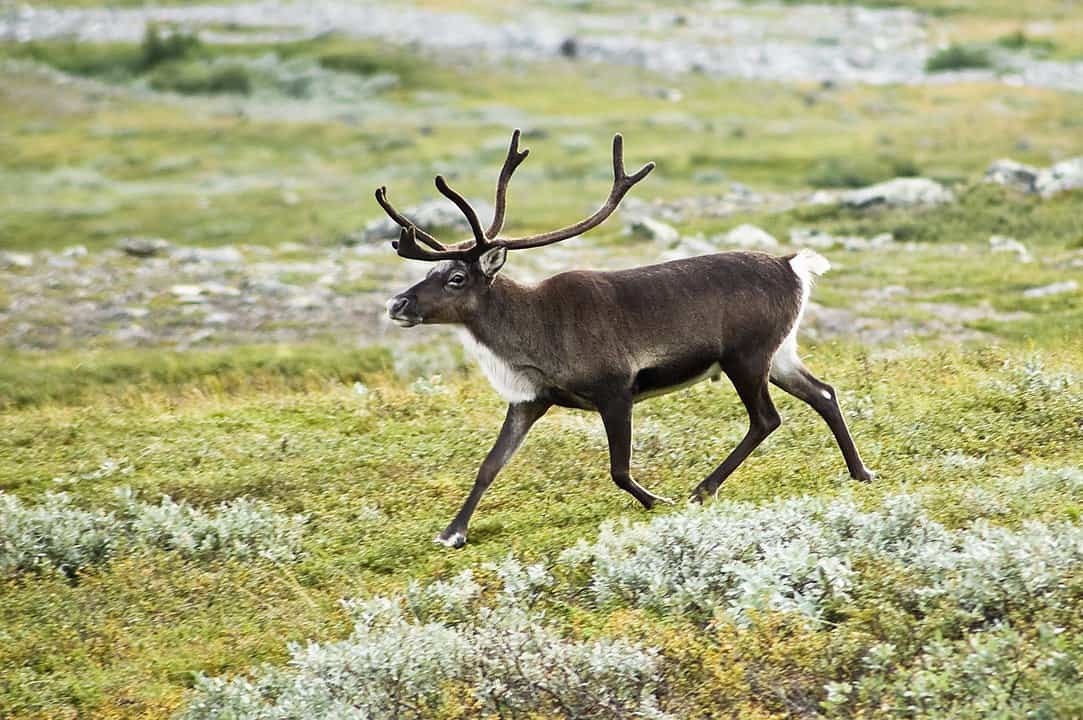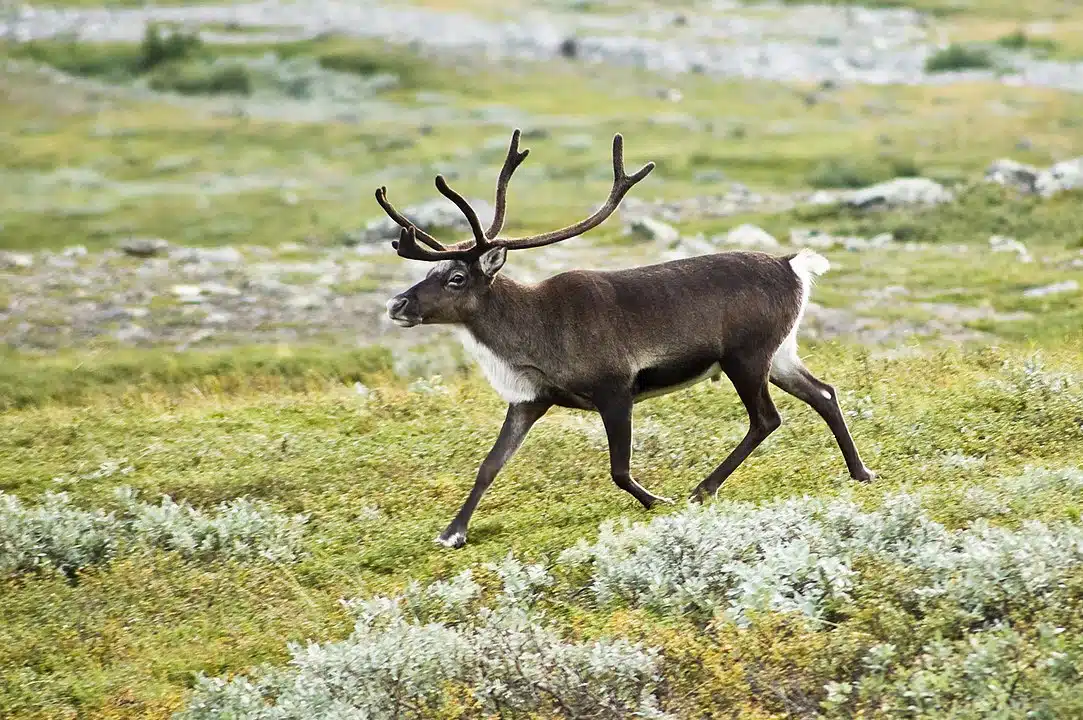Reindeer, often associated with wintry folklore and Arctic landscapes, are emerging as unexpected warriors in the battle against climate change. From the snowy expanses of Lapland to the tundra of Siberia, these hardy creatures are playing a crucial role in preserving our planet’s delicate climate balance.
The Albedo Effect
The albedo effect is a key aspect of how reindeer combat climate change. This scientific term refers to the ability of surfaces, like snow and ice, to reflect sunlight. Reindeer indirectly maintain high albedo levels in Arctic regions by grazing on shrubs and other vegetation. This grazing activity prevents the overgrowth of plants that would otherwise absorb more sunlight, leading to higher temperatures and accelerated ice melt. Studies, such as those conducted by Dr. Mariska te Beest of Umeå University, Sweden, have shown that areas heavily grazed by reindeer reflect more solar radiation, thus reducing heat absorption and slowing down the thawing of ice.
Combating Shrubification
The phenomenon of ‘shrubification’ – the transformation of tundra into shrubland due to climate change – poses a significant threat to Arctic ecosystems. Reindeer help mitigate this by feeding on the burgeoning shrubbery. Their grazing habits keep the vegetation in check, preserving the traditional tundra landscape. This not only maintains the region’s biodiversity but also ensures the survival of native species like mosses, lichen, and low-growing willows.

Carbon Emissions and Climate Impact
Reindeer’s impact on carbon emissions is another critical aspect of their role in climate regulation. By altering the vegetation composition through grazing, reindeer potentially affect the carbon balance of the Arctic. Areas with less dense shrubbery, maintained by reindeer grazing, are likely to produce less biomass that decomposes into carbon dioxide. This relationship between reindeer grazing and carbon emissions is a subject of ongoing research, with early findings suggesting a significant impact over extended periods.
Cultural and Environmental Symbiosis
The relationship between reindeer and indigenous communities, such as the Sami people of Northern Europe, reflects a balance between human activity and environmental care. Reindeer herding, a centuries-old practice, is not just a means of livelihood but a way of life that respects and preserves the Arctic ecosystem. This sustainable approach to herding ensures that reindeer populations are maintained at levels the land can support, contributing to the resilience of the ecosystem.

Challenges and Future Directions
Despite their beneficial role, reindeer face challenges from climate change itself, including habitat loss and changing grazing conditions. Efforts to preserve and expand their habitats are crucial for both the reindeer and the global climate. Research into the broader implications of reindeer grazing on different ecosystems, including carbon sequestration and biodiversity, continues to be a vital area of study.
Conclusion
In conclusion, reindeer are more than just iconic symbols of the Arctic; they are active participants in the fight against climate change. Their grazing habits play a significant role in maintaining the albedo effect, controlling shrubification, and potentially influencing carbon emissions. The symbiotic relationship between reindeer and indigenous herding communities offers a model for sustainable interaction with our environment. As we face the escalating challenges of climate change, understanding and supporting the role of these remarkable animals in Arctic ecosystems becomes increasingly important.
You might also enjoy:
Is Rudolph’s Nose Red Because of Magic Mushrooms?
Lightning Strikes and Kills Over 300 Reindeer
Watch Heartbreaking Video of Baby Hippo Forced to Abandon his Dead Mother’s Body
Join our Forum for free today!

- The Bond Between a Wild Baby Bison and Her Rescuer - July 20, 2024
- An Excited Husky’s First Ever Time in Snow - July 20, 2024
- Top 20 Colorful Species To Brighten Your Day - July 14, 2024

